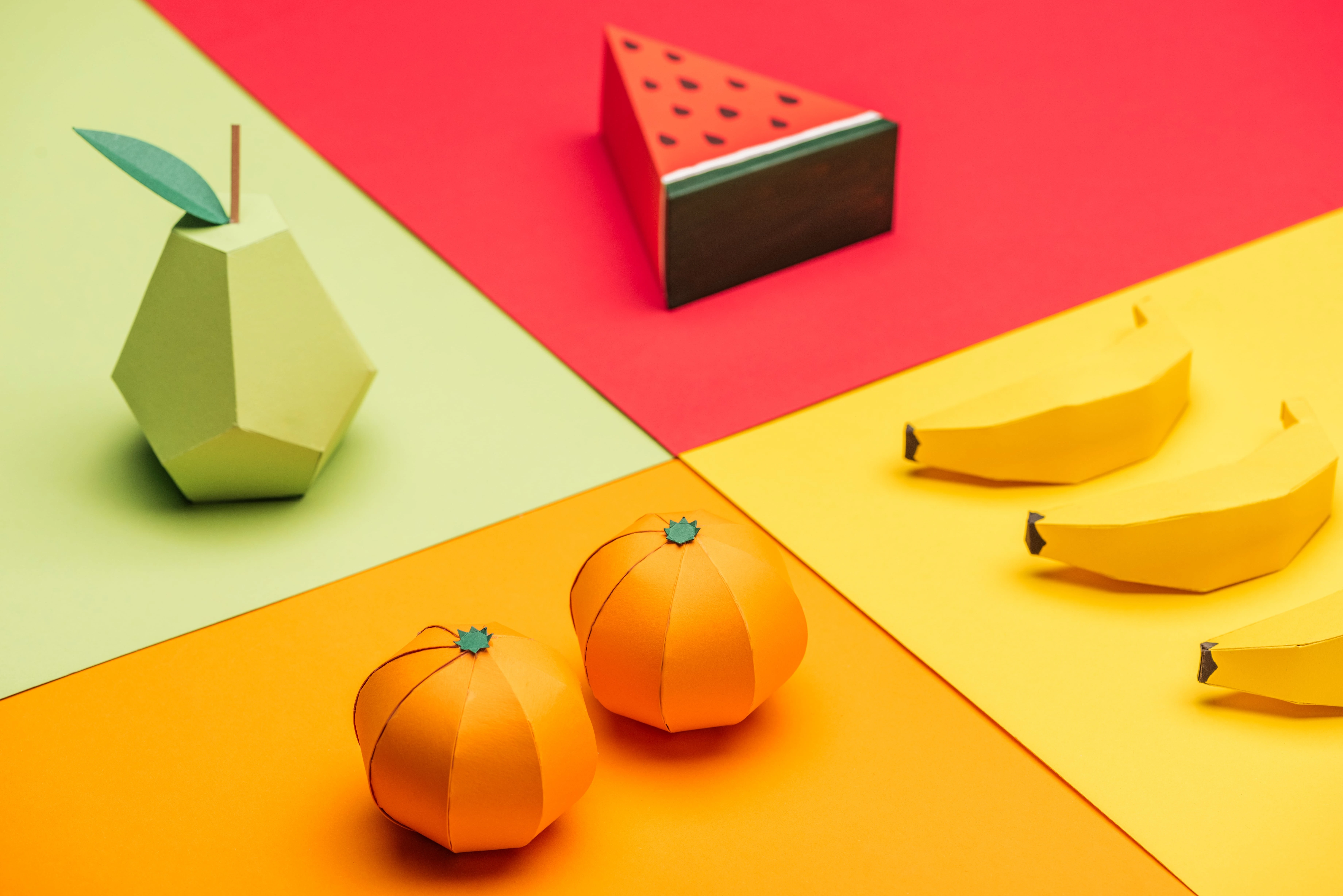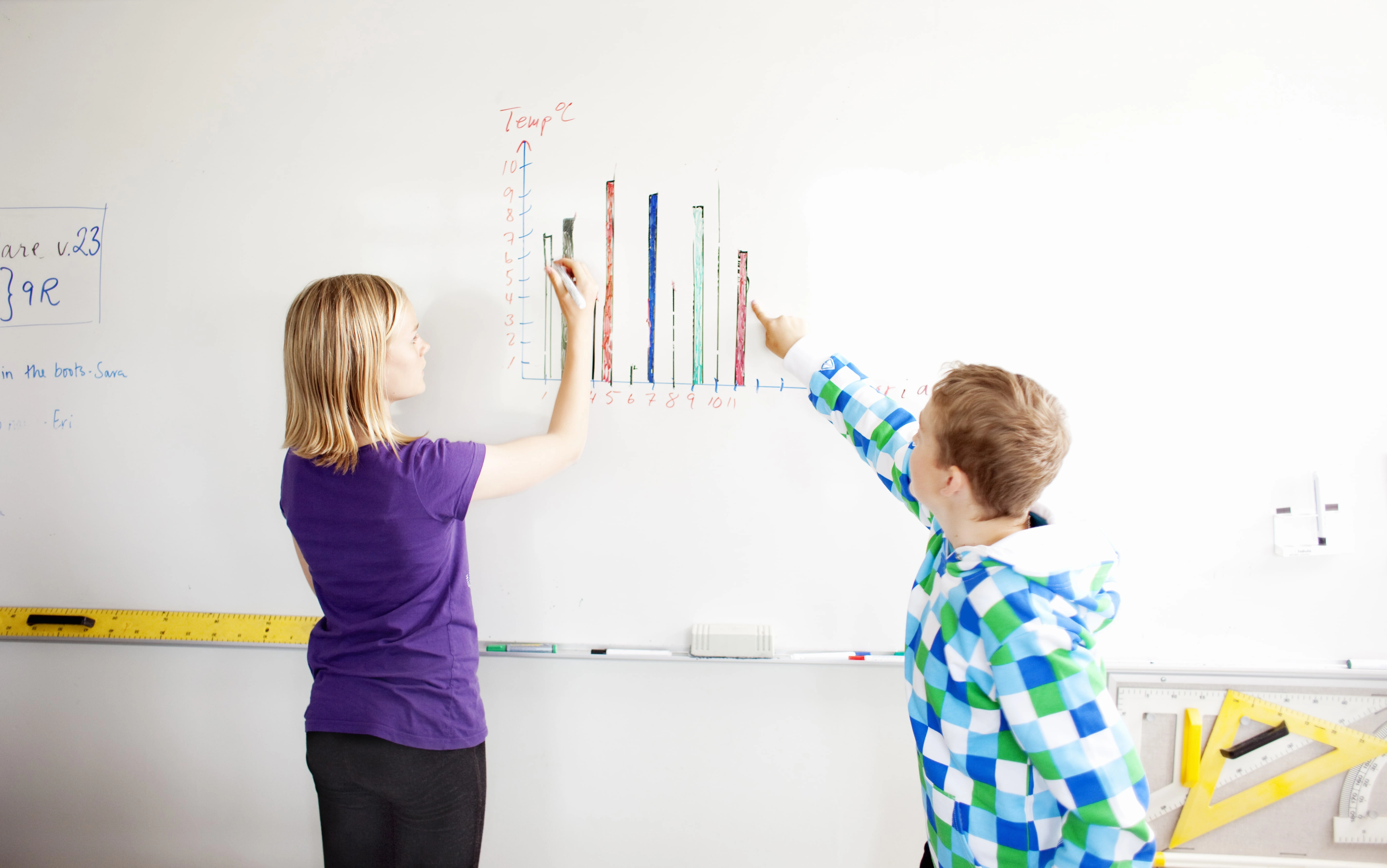What Is Volume? Understanding 3D Space for Kids
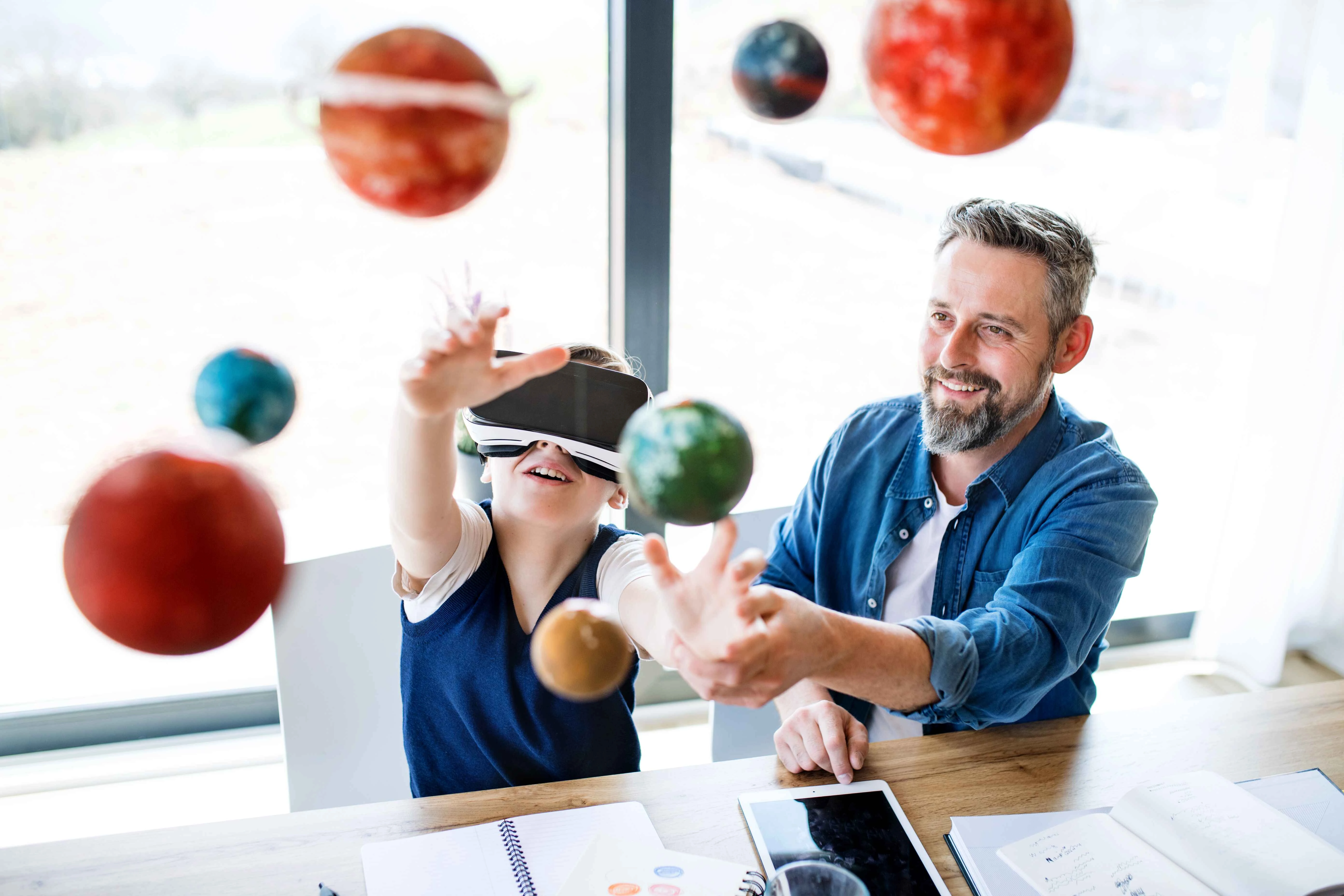
What Is Volume in Math?
It’s a good idea to get kids started with volumes and 3D space early. This will prepare them for future math while also helping them make sense of the space and objects around them.
So, what is volume in math? Put simply, it’s the amount of space inside a three-dimensional object. If the area covers a surface, the volume fills the space within. This simple comparison and volume definition for kids can turn the concept into something they can imagine.
How Do We Measure Volume?
One way to picture this is to imagine filling a box with tiny cubes until there’s no space left. Each cube represents one cubic unit, and the total number of cubes tells you the volume.
You can use the same approach to help children grasp the formulas more easily. For example, the cubes line up neatly in rows and layers for a rectangular prism, which is why we multiply length × width × height. For cylinders and other shapes, we calculate the base area and multiply it by height.
Over time, kids will learn different formulas, but don’t need to memorize them all at once.
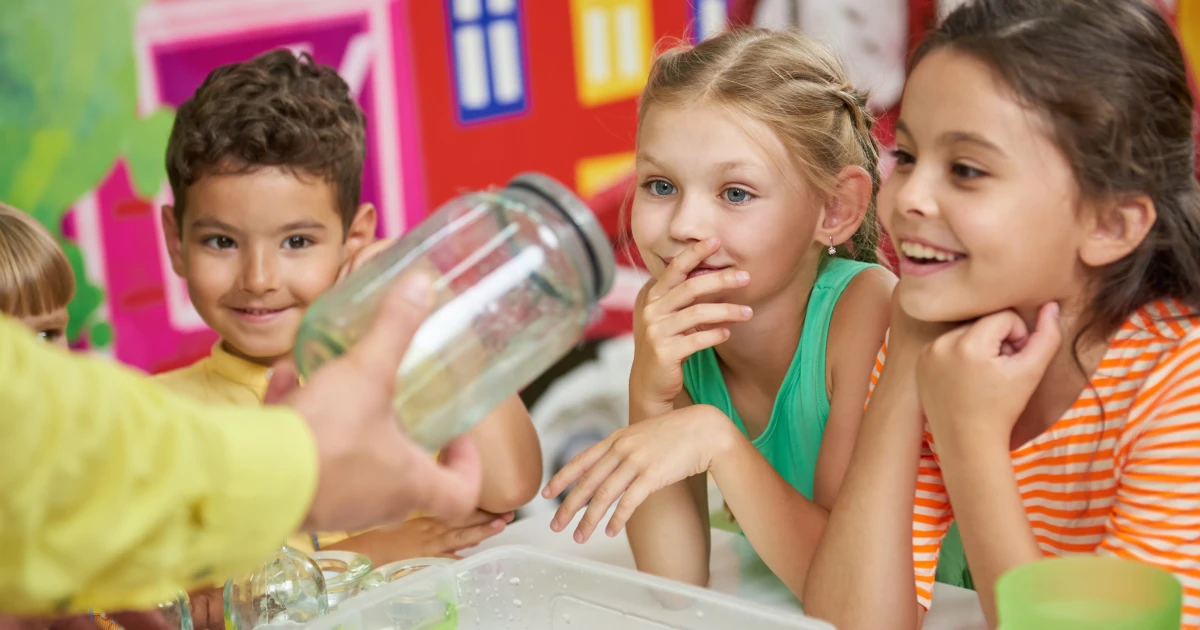
Everyday Examples of Volume for Kids
Once children understand how volume is measured, help them become more familiar with the concept by pointing out how it applies to daily life. Math becomes much easier to grasp when it’s tied to objects they already use and play with, like the following:
- Containers: A cup, bottle, jar, or box all hold different amounts of space. You can show kids how two containers that look different might have the same volume.
- Water and Liquids: Cooking offers many measurement opportunities in liters or cups. Pouring water or milk into measuring cups helps kids see how liquids occupy space.
- Packing: Filling a toy box or suitcase helps make volume clearer. Kids can count how many toys or clothes fit before the container is full.
- Sports: A basketball works only when it’s filled with air. The air inside is volume, and too little or too much changes how the ball bounces.
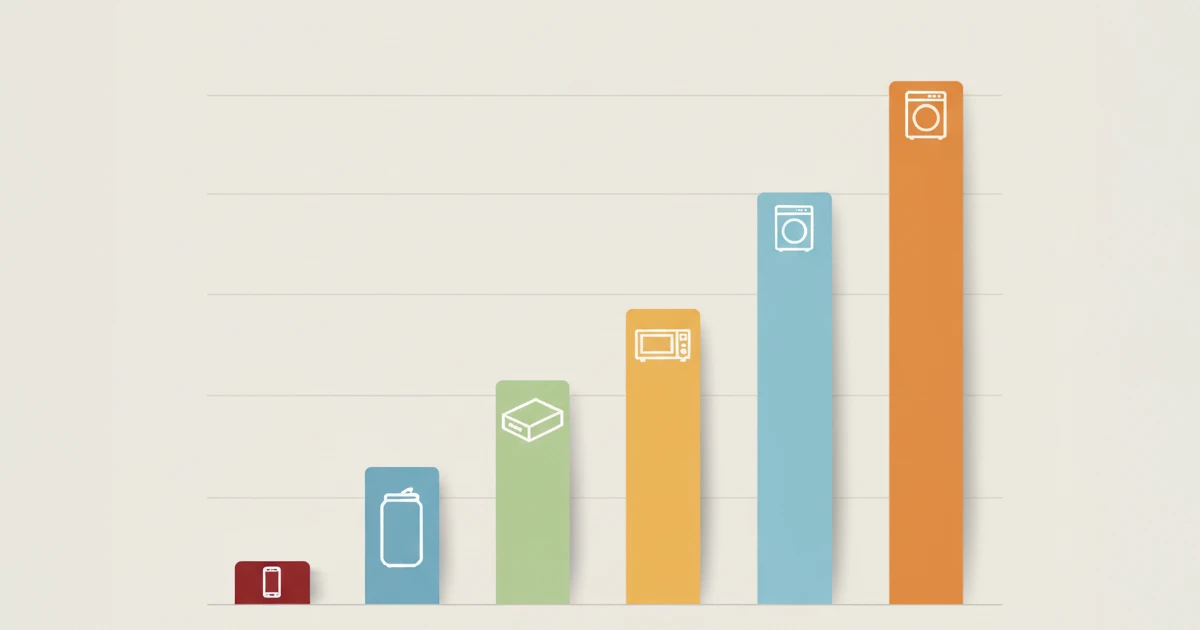
Fun Activities To Teach Kids About Volume
Explaining volume with words and formulas can be overwhelming for younger learners, so it helps to use the examples above regularly.
On top of that, the following activities can further bridge abstract math and the real world, turning learning into something kids can see and feel.
Cube Counting
Bring out Lego bricks or snap cubes and build a small box together. Have your child stack the cubes layer by layer, then count how many fit inside.
Through this activity, kids can connect the formula length × width × height to how many cubes make up the space. They’ll enjoy the building part, and you’ll love watching the lightbulb moment when they connect counting to volume.
Water Play
Grab different containers and a set of measuring cups. Let your child pour water from one to the other, then compare the measurements. They’ll quickly discover that a tall glass doesn’t always hold more than a short, wide bowl. This simple experiment helps clear up a common misconception about size and volume.
Packing Challenge
Give your child a box and small items like balls, blocks, or erasers. Ask them to predict how many will fit, then test it out. When they realize the space inside limits what goes in, the idea of capacity starts to click.
Drawing and Labeling
Have kids sketch a cube or cylinder and label the length, width, and height. This simple activity builds spatial awareness and helps children see how measurements on paper relate to the real objects around them.
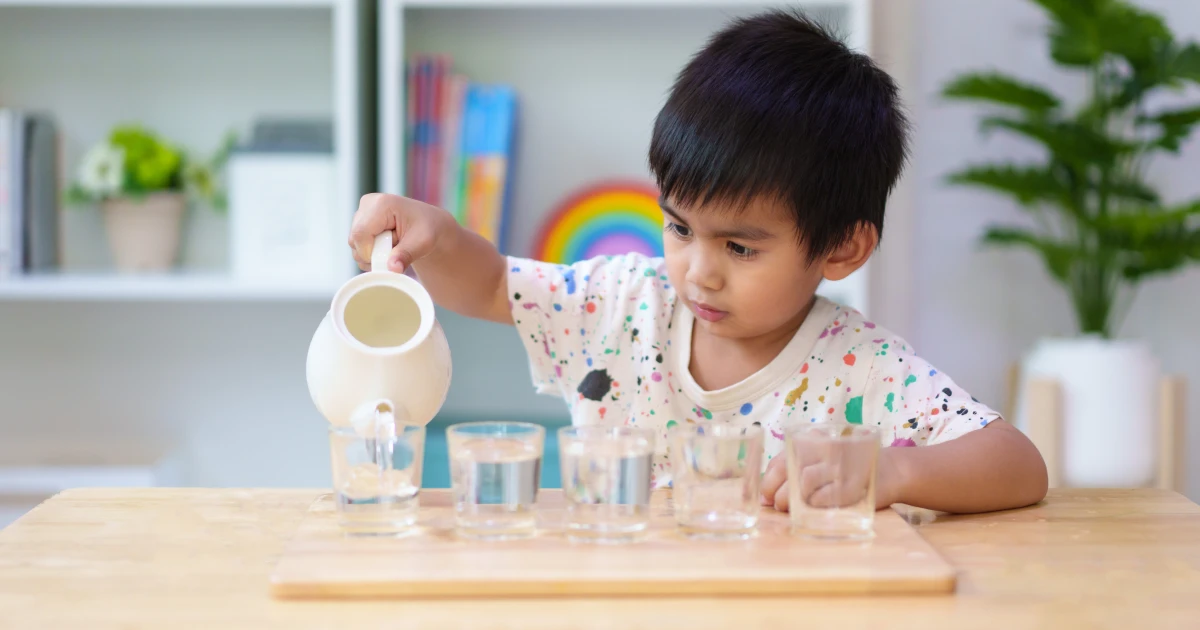
Ready To Fill Learning With Play?
Volume doesn’t have to stay an abstract idea on a worksheet. When kids see it in action, whether in stacking cubes or pouring water, the idea becomes clearer.
If your child feels stuck on formulas or struggles to picture what’s happening inside a 3D shape, start with play. Show them examples at home, in the kitchen, or even at the park. With practice, they’ll begin to see volume everywhere.
Want to spark curiosity further? Try Prodigy Math. Create a free account today, and let your child access an interactive world where concepts like volume come alive through quests and challenges. It’s time for your little one to go on a learning adventure!





